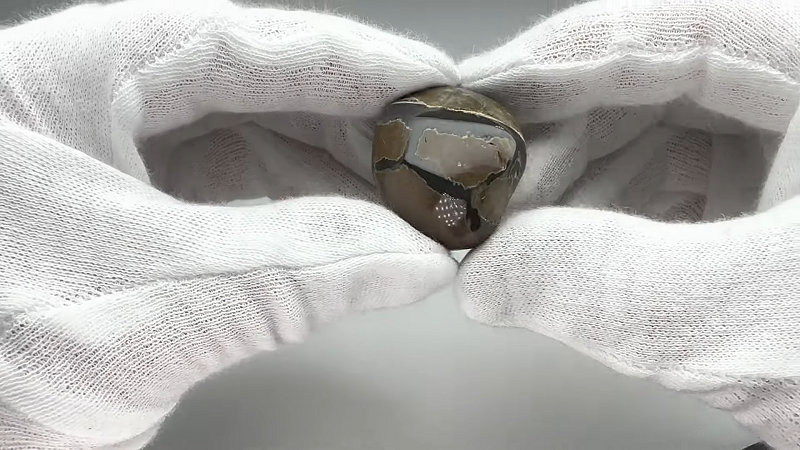Can You Tumble a Thunderegg?
For a long time I’ve always wondered what would happen if I were to run a thunderegg through a rock tumbler. I’ve never conducted to experiment myself, but I ran across a man by the name of Scott Wilkins who did do it and posted a video about it on Youtube. And the results were…well…check them out for yourself!
You’ll see as the experiment progresses, this mini Thunder egg goes through different stages including the course stage, vibratory tumbling, and of course, a four-step polishing process. With each update, marvel at how this tiny formation transforms, revealing its hidden beauty and fascinating features. By the end of the journey, prepare to be amazed by the final polished result.
Key Takeaways
- Experiment involves tumbling a mini Thunder egg in a rock tumbler
- Mini Thunder egg goes through course stage, vibratory tumbling, and polishing
- Final outcome showcases the beauty and unique features of the mini Thunder egg
Starting the Tumbling Process
Adding Silicon Carbide Grit
The tumbling process begins with placing the mini Thunder egg in the rock tumbler. To get it nice and smooth, the tumbler is filled with 60/90 silicon carbide grit. The tumbling process continues until the rock reaches the desired level of smoothness.
After the coarse stage is complete, the mini Thunder egg may still have some roughness. However, it is essential not to tumble it too much, as it will become smaller and smaller. Tumbling the rock to the point where it polishes nicely should yield a beautiful, finished product. The chalcedony in the rock takes on a globe-like appearance with the ocean and continents.
The next step involves moving the rock to the vibratory tumbler. Here, a regular eight-day, four-step polishing process occurs. This process goes through four different grits, which will result in a shiny and polished mini Thunder egg.
Finally, the mini Thunder egg completes the polishing process. The finished product resembles a small planet, with calcium coming through and visible bands inside the rock. The exterior rhyolite also tumbles up nicely, adding to the rock’s overall character.
Polishing Process
Four-Step Vibratory Tumbler
Once the coarse stage is complete, the mini Thunder egg is then subjected to a vibratory tumbler for an eight-day polishing process. This procedure involves passing the rock through four different grits that refine and polish its surface. As the rock is tumbled, both the chalcedony and rhyolite gradually acquire a polished appearance.
The tumbled mini Thunder egg reveals stunning details, such as ocean-like bands of chalcedony and intricate patterns reminiscent of continents. Over time, the rock may lose some of its brown rhyolite, which could alter its unique character. However, the final result is a beautiful, polished rock with the appearance of a small planet.
The careful polishing process of the mini Thunder egg brings out its inherent beauty and allows for the appreciation of its distinct features. With more rocks like this available, repeating the process may yield a variety of fascinating patterns and characteristics, providing an enjoyable and rewarding experience for rock enthusiasts.
Final Polished Mini Thunder Egg

Appearance and Characteristics.
Upon completing the polishing process, the mini Thunder egg’s smooth and shiny surface unveils the intricate details and patterns that lie underneath. The rhyolite polishes up nicely, enhancing the overall appearance. This unique result may tempt the experimenter to try polishing more Thunder eggs and exploring the various outcomes that could emerge.
Through the polishing process with a vibratory tumbler, this beautiful little rock managed to maintain its character, despite some loss of the brown rhyolite area. It now stands as an attractive and intriguing piece, capturing the attention of rock enthusiasts.

